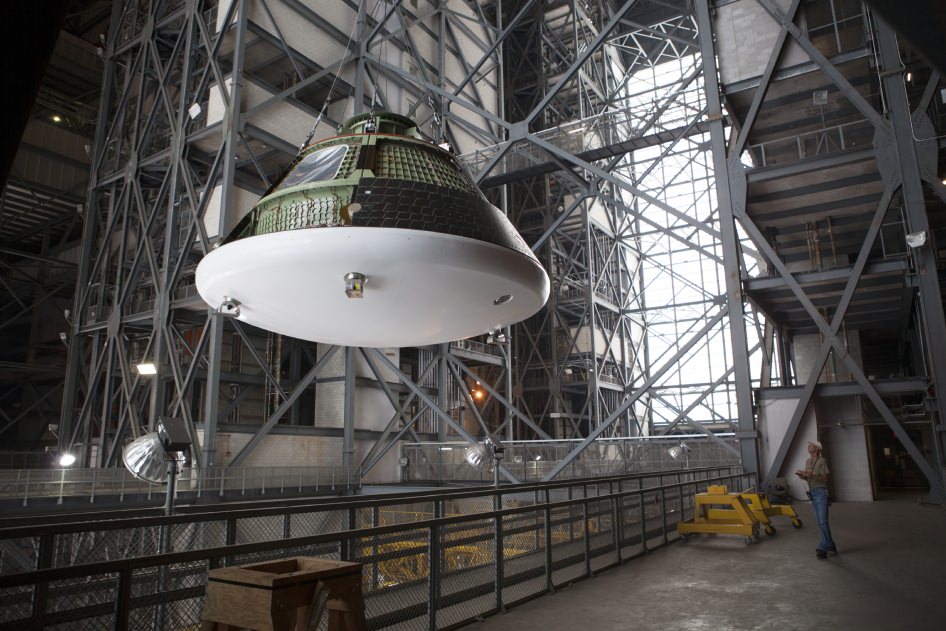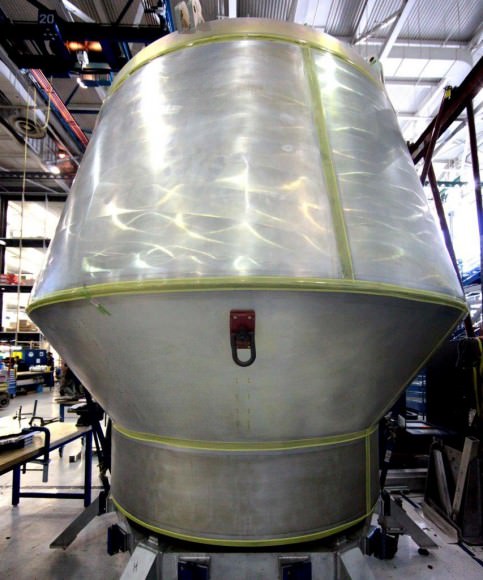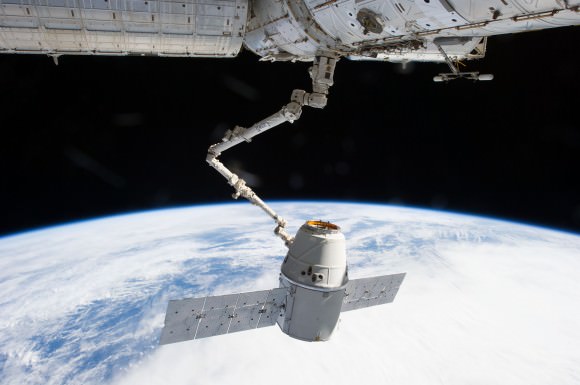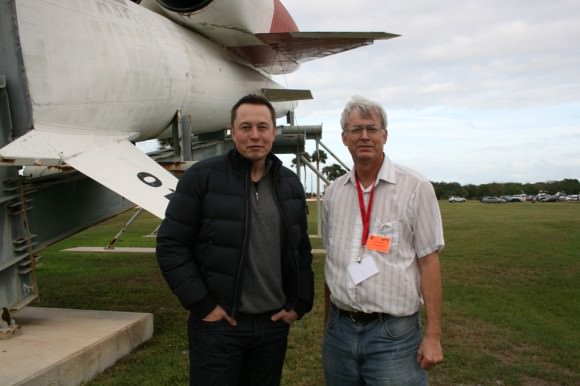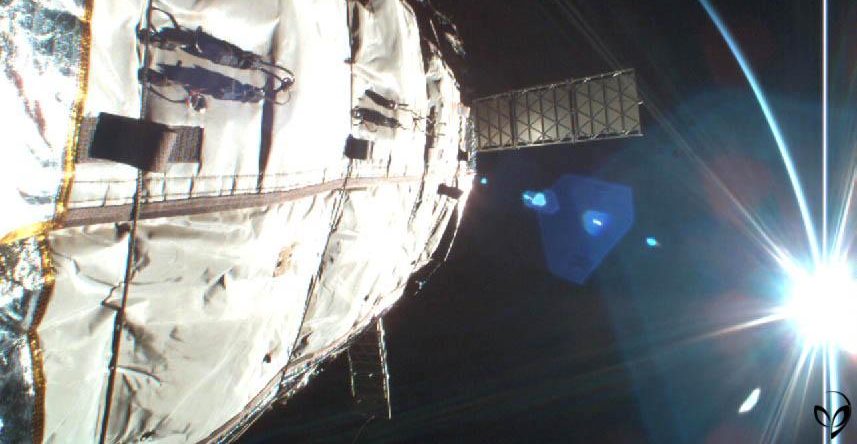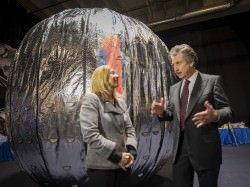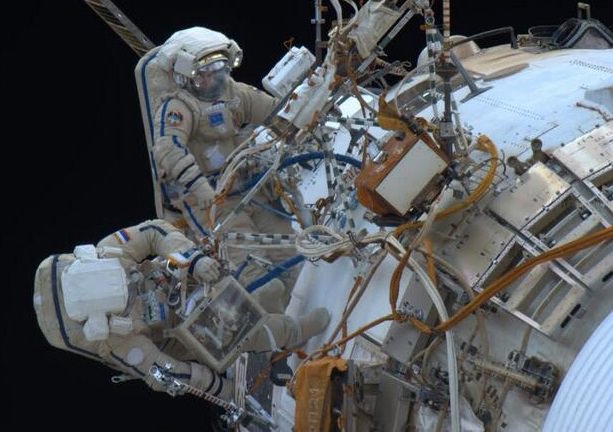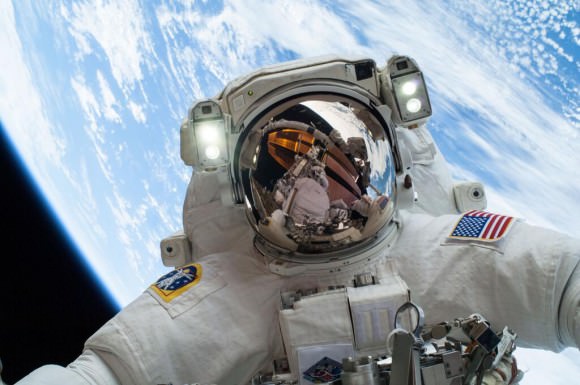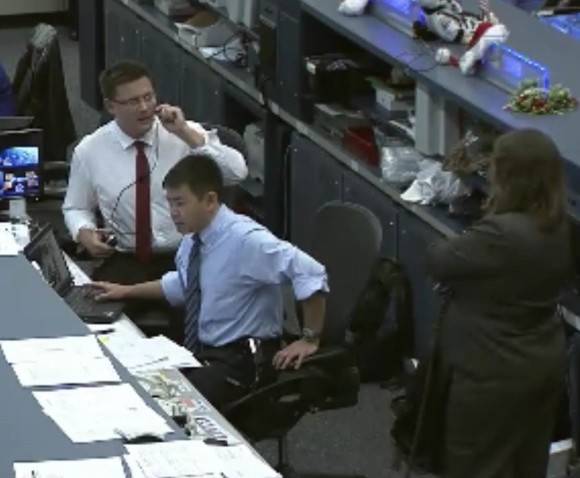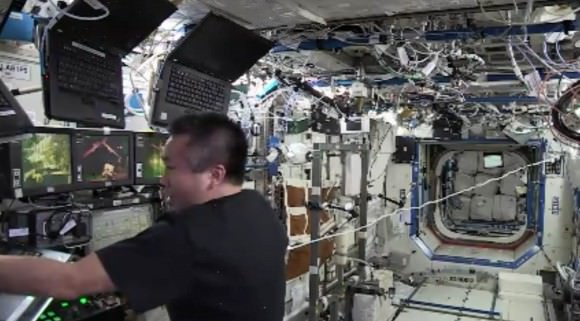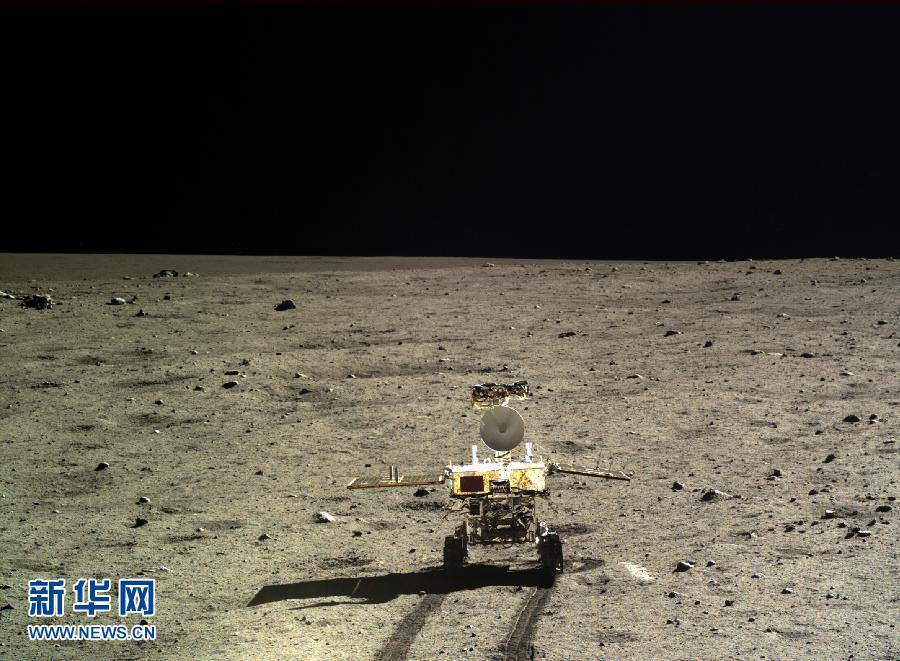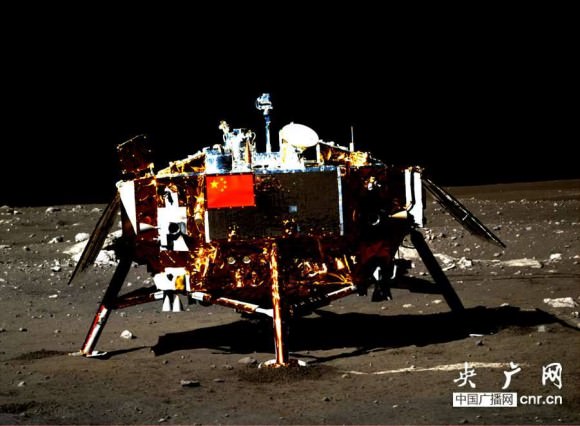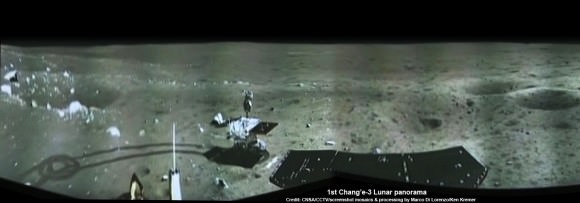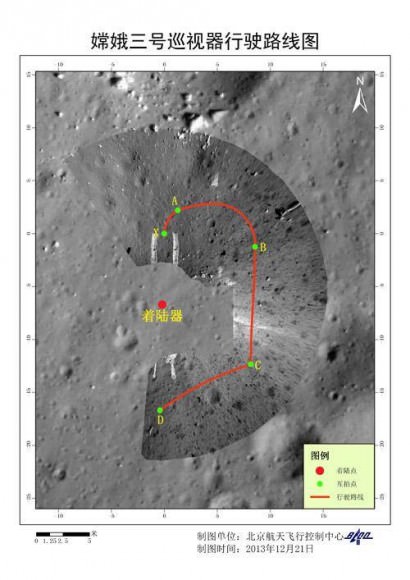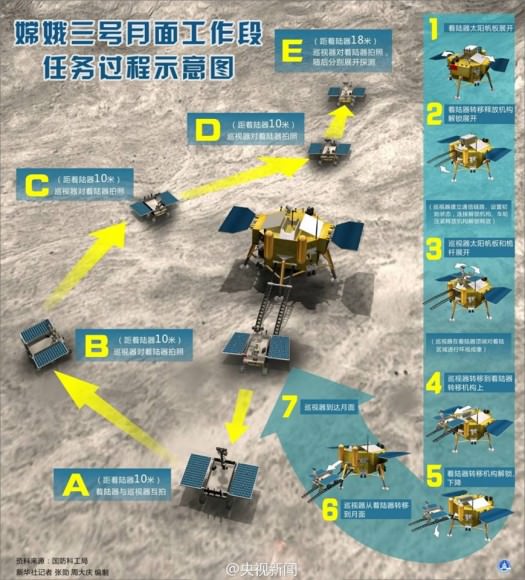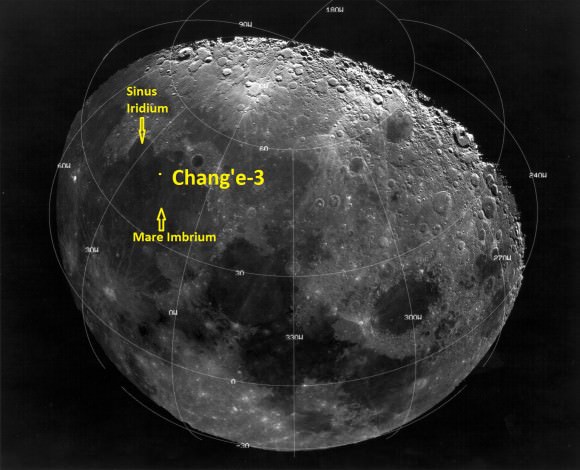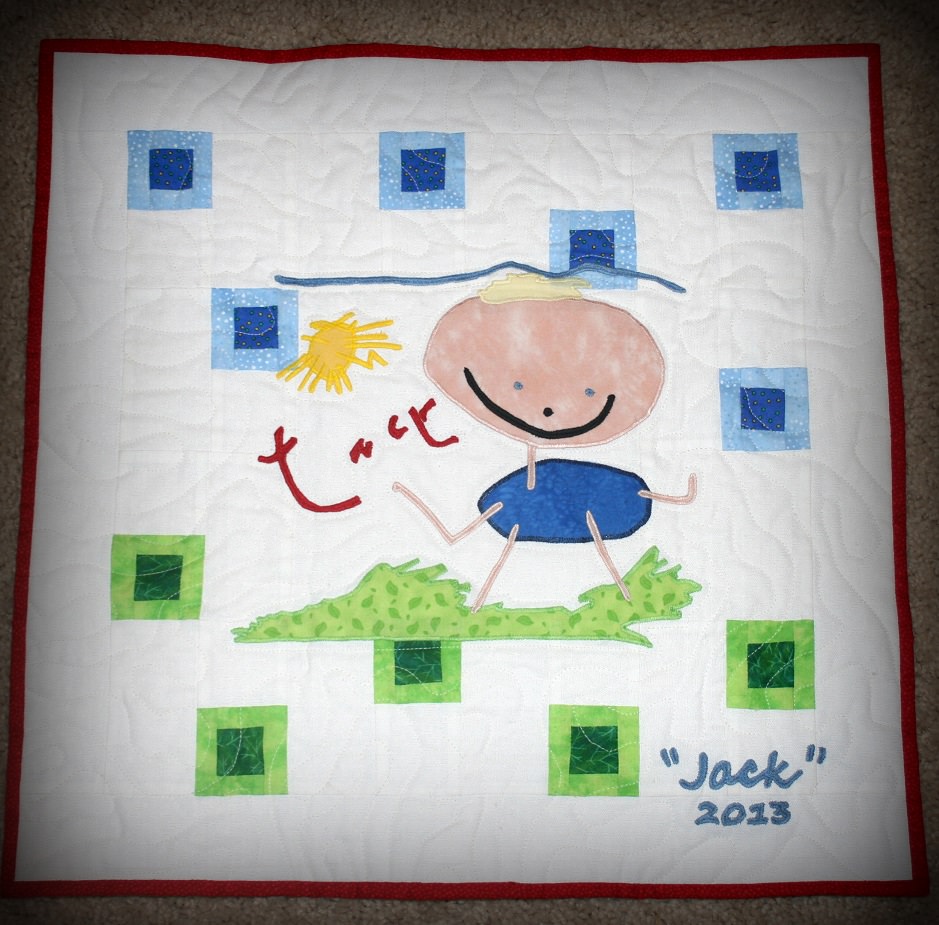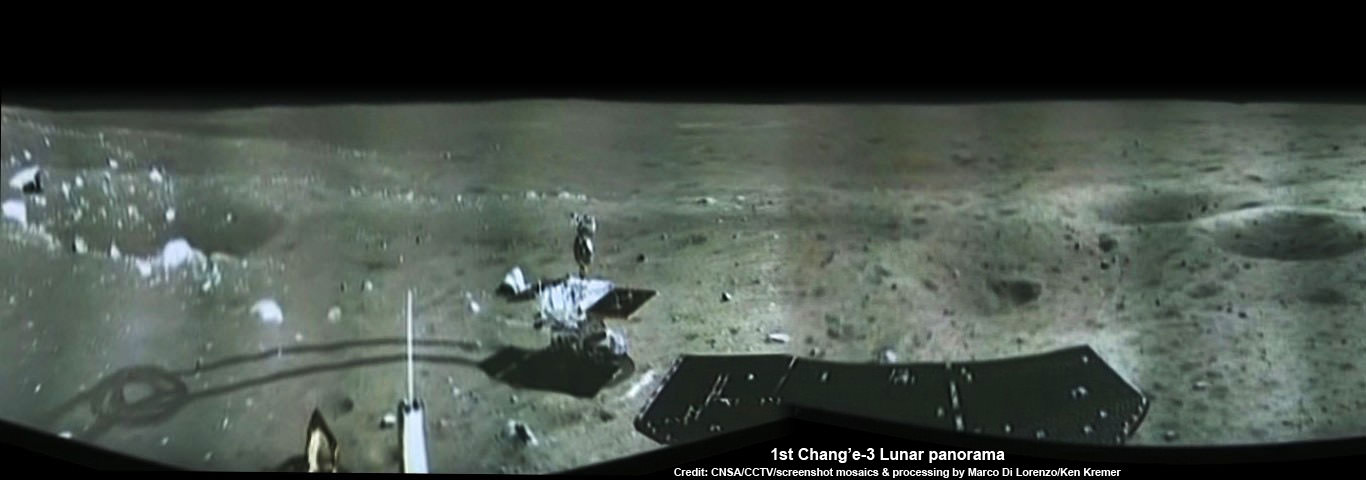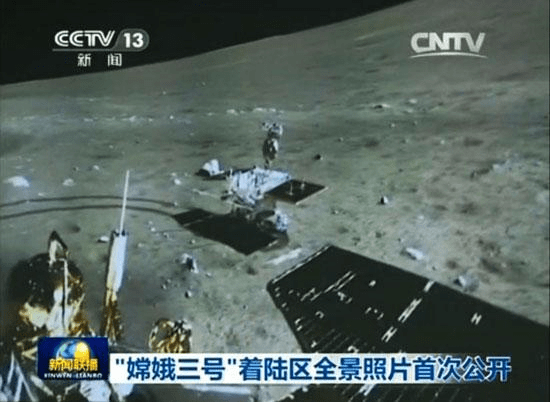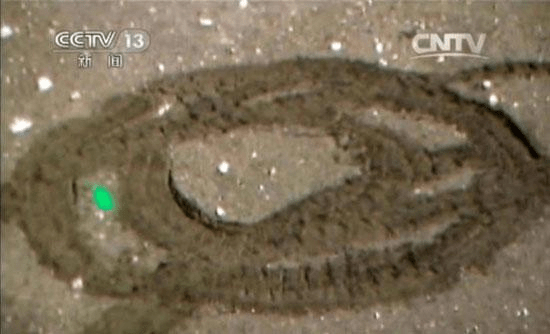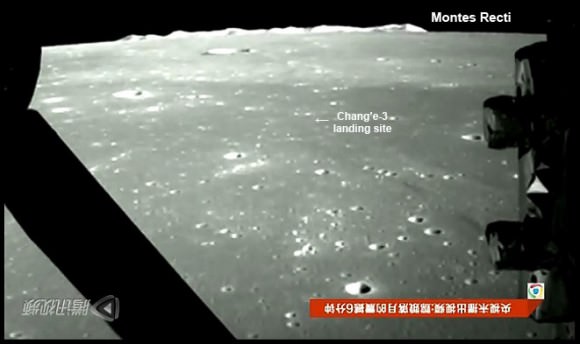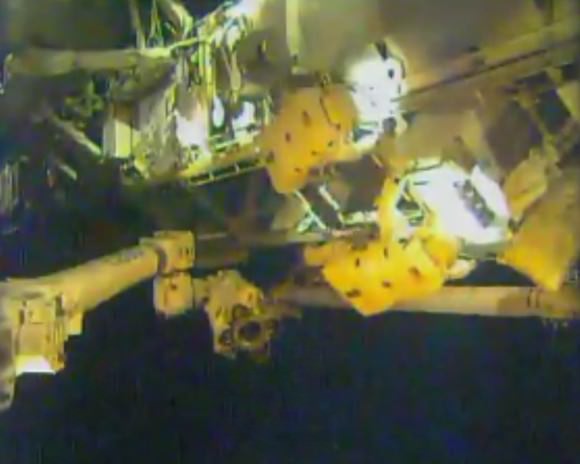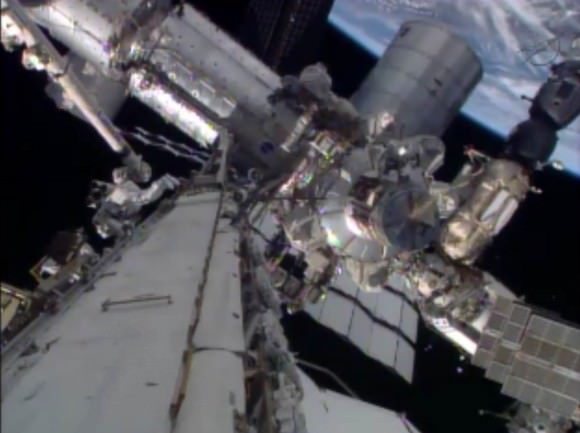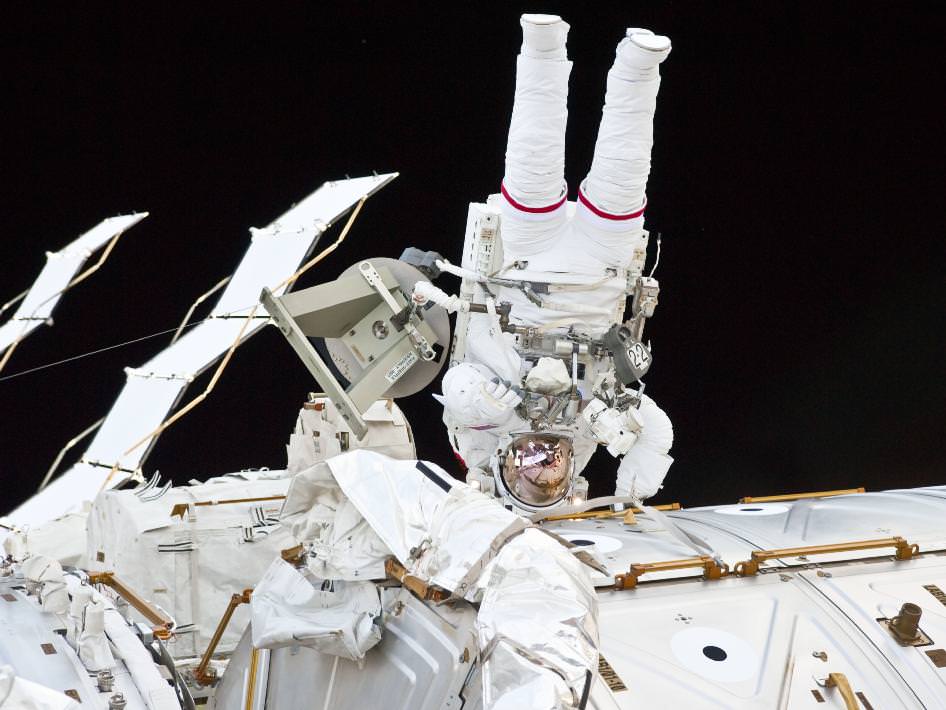There’s an old Chinese proverb that says, “May you live in interesting times,” and 2013 certainly fit the bill in the world of spaceflight and space science. The past year saw spacecraft depart for Mars, China land a rover on the Moon, and drama in low Earth orbit to repair the International Space Station. And all of this occurred against a landscape of dwindling budgets, government shutdowns that threatened launches and scientific research, and ongoing sequestration.
But it’s a brave new world out there. Here are just a few space-related stories that we’ll watching in 2014:
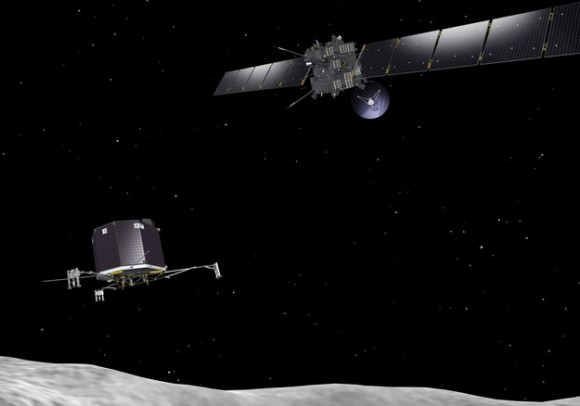
Rosetta to Explore a Comet: On January 20, 2014, the European Space Agency will hail its Rosetta spacecraft and awaken it for its historic encounter with comet 67P/Churyumov-Gerasimenko later this year in August. After examining the comet in detail, Rosetta will then dispatch its Philae lander, equipped complete with harpoons and ice screws to make the first ever landing on a comet. Launched way back in 2004, Rosetta promises to provide the cosmic encounter of the year.
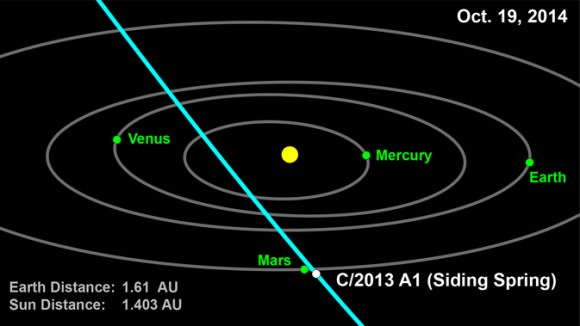
A1 Siding Springs vs. Mars: A comet discovery back in 2013 created a brief stir when researchers noted that comet C/2013 A1 Siding Springs would make a very close passage of the planet Mars on October 19th, 2014. Though refinements from subsequent observations have effectively ruled out the chance of impact, the comet will still pass 41,300 kilometres from the Red Planet, just outside the orbit of its outer moon Deimos. Ground-based observers will get to watch the +7th magnitude comet close in on Mars through October, as will a fleet of spacecraft both on and above the Martian surface.

Spacecraft En Route to Destinations: Though no new interplanetary missions are set to depart the Earth in 2014, there are lots of exciting missions currently underway and headed for worlds yet to be explored. NASA’s Dawn spacecraft is headed towards its encounter with 1 Ceres in February 2015. Juno is fresh off its 2013 flyby of the Earth and headed for orbital insertion around Jupiter in August 2016. And in November of this year, New Horizons will switch on permanently for its historic encounter with Pluto and its retinue of moons in July 2015.
LUX & the Hunt for Dark Matter: It’s all around us, makes up the bulk of the mass budget of the universe, and its detection is THE name of the game in modern astrophysics. But just what is dark matter? Some tantalizing– and hotly contested –data came out late last year from of an unusual detector deep underground near Lead, South Dakota. The Large Underground Xenon experiment (LUX) looks for Weakly Interacting Massive Particles (WIMPs) interacting with 370 kilograms of super-cooled liquid Xenon. LUX requires its unique locale to block out interference from incoming cosmic rays. LUX is due to start another 300 day test run in 2014, and the experiment will add another piece to the puzzle posed by dark matter to modern cosmology, whether or not detections by LUX prove to be conclusive.
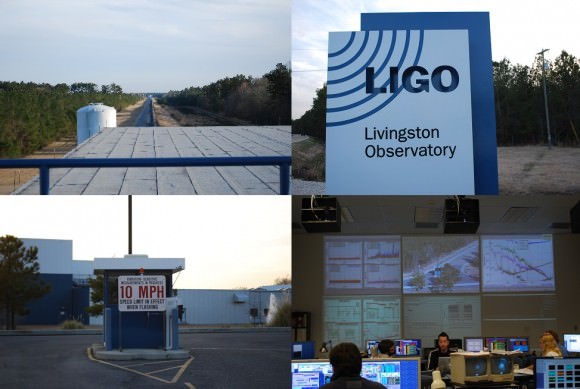
The Hunt for Gravity Waves: Another story to watch may come out of Caltech’s twin gravity wave observatories when its Advanced LIGO system goes online later this year. Established in 2002, the Laser Interferometer Gravitational-Wave Observatory (LIGO) is comprised of two detectors: one in Hanford Washington and one outside of Livingston, Louisiana. The detectors look for gravity waves generated by merging binary pulsars and black holes. Though no positive detections have yet been made, Advanced LIGO with boast ten times the sensitivity and may pave the way for a new era of gravitational wave astronomy.
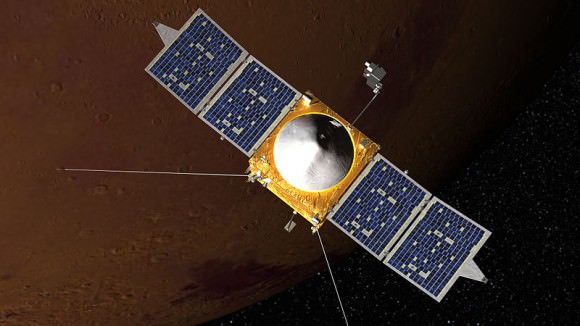
Spacecraft reach Mars: 2014 is an opposition year for the Red Planet, and with it, two new missions are slated to begin operations around Mars: India’s Mars Orbiter Mission (MOM) also known as Mangalyaan-1 is slated to enter orbit on September 24th, and NASA’s MAVEN or Mars Atmosphere and Volatile Evolution Mission is set to arrive just 2 days earlier on September 22nd. MOM and MAVEN will join the Curiosity and Opportunity rovers, ESA’s Mars Express, NASA’s Odyssey spacecraft and the Mars Reconnaissance Orbiter in the quest to unlock the secrets of the Red Planet.
Space Tourism Takes Off: Virgin Galactic’s SpaceShipTwo passed a key milestone test flight in late 2013. Early 2014 may see the first inaugural flights by Virgin Galactic out of the Mohave Spaceport and the start of sub-orbital space tourism. SpaceShipTwo will carry two pilots and six passengers, with seats going for $250,000 a pop. Hey, room for any space journalists in there? On standby, maybe?
The First Flight of Orion: No, it’s not the first flight of the proposed sub-light interplanetary spacecraft that was to be propelled by atomic bombs… but the September launch of the Orion Multi-Purpose Crew Vehicle is the first step in replacing NASA’s capability to launch crews into space. Exploration Flight Test 1 (EFT-1) will be a short uncrewed flight and test the capsule during reentry after two orbits. It’s to be seen if the first lunar orbital mission using an Orion MPCV will occur by the end of the decade.
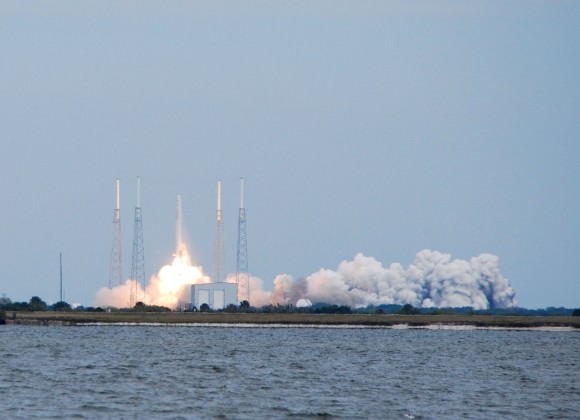
The First Flight of the Falcon Heavy: 2014 will be a busy year for SpaceX, starting with the launch of Thaicom-6 out of Cape Canaveral this Friday on January 3rd. SpaceX is now “open for business,” and expect to see them conducting more satellite deployments for customers and resupply missions to the International Space Station in the coming year. They’ll also be moving ahead with tests of their crew-rated version of the Dragon capsule in 2014. But one of the most interesting missions to watch for is the demo flight of the Falcon 9 Heavy slated to launch out of Vandenberg Air Force Base by the end of 2014.… more to come!
The Sunjammer Space Sail: An interesting mission moves in 2014 towards a January 2015 launch: LGarde’s Sunjammer solar sail. Sunjammer will test key solar sail technologies as well as deliver the Solar Wind Analyzer (SWAN) and the MAGIC Magnetometer to the L1 Earth-Sun Lagrange point. Sunjammer will launch on a Falcon-9 rocket and deploy a 1200 square metre solar sail weighing only 32 kilograms. This will be a great one for ground satellite-spotters to track as well as it heads out!
Gaia Opens for Business: Launched on a brilliant night-shot out of the Kourou Space Center in French Guiana on December 19th of last year, the European Space Agency’s Gaia space observatory will begin its astrometry mission in 2014, creating most accurate map yet constructed of our Milky Way Galaxy. But we also anticipate exciting new discoveries due to spin-offs from this mission, to include the discovery of new exoplanets, asteroids, comets and much more.
And as in years previous, the quest to explore brave new worlds will be done against the backdrop of tightening budgets. Just like in household budgets, modern spaceflight is a continual conflict between what we would wish and what we can afford. In recent years, no mission seems to be safe, and there have even been occasional congressional rumblings to pull the plug on missions already underway. Interesting times, indeed… 2014 promises to be an extraordinary time in spaceflight and space science, both on Earth and beyond.

